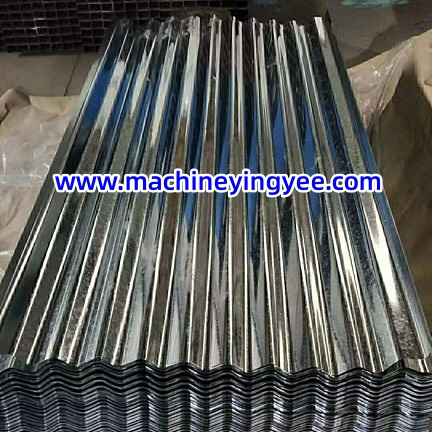
Understanding AWS E6013 Welding Rod Characteristics and Applications
Welding is a critical process in manufacturing and construction, with numerous techniques and materials employed to ensure strong and durable joints. Among the various welding rods available in the market, the AWS E6013 welding rod stands out for its versatility and ease of use. This article will delve into the characteristics, applications, and best practices associated with the AWS E6013 welding rod.
Introduction to AWS E6013 Welding Rod
The AWS E6013 is a type of electrode specified under the American Welding Society (AWS) standards. The “E” denotes that it is an electrode, while the “6013” indicates the specifications regarding its yield strength, tensile strength, and the type of current it is suitable for – alternating current (AC) or direct current (DC). This rod is primarily made of a mild steel core with a coating that contains iron powder and various oxides.
Characteristics of AWS E6013
1. Versatility One of the defining characteristics of the AWS E6013 welding rod is its versatility. It can be used for welding a variety of metals, including carbon steel and low-alloy steel, making it a go-to choice for many welders and fabricators.
2. Electrical Characteristics The AWS E6013 operates efficiently with both AC and DC systems. This feature allows for flexibility in choice depending on the available equipment and the specific requirements of the welding task.
3. Simplicity in Use Compared to other welding rods, the E6013 is relatively easy to handle. It produces a stable arc and offers good control, making it suitable for beginners as well as experienced welders.
4. Weld Appearance This electrode is known for producing clean, aesthetically pleasing welds. The slag formed during welding is easy to remove, resulting in a smooth finish that requires less cleanup.
5. Penetration and Deposition Rate E6013 rods are designed for medium penetration, which makes them ideal for projects that do not require deep welds. They also provide a satisfactory deposition rate, allowing welders to complete tasks efficiently.
Applications of AWS E6013
The versatility of the AWS E6013 welding rod makes it suitable for a wide range of applications
1. General Fabrication Its ease of use and good arc stability makes E6013 electrodes a preferred choice for general fabrication tasks, including building metal structures, machinery components, and decorative work.

3. Automotive Industry E6013 welding rods are frequently used in automotive repair and bodywork due to their strength and the good appearance of welded joints.
4. Home Projects Hobbyists and DIY enthusiasts often choose the E6013 for home projects. Its versatility and forgiving nature make it an excellent choice for those just starting with welding.
5. Pipe Welding While not primarily designed for thicker materials, the E6013 can be effectively used for welding thin-walled pipes and tubes.
Best Practices for Using AWS E6013 Welding Rods
To achieve optimal results when using AWS E6013 welding rods, consider the following best practices
1. Pre-Welding Preparation Clean the surface of the metals to be welded to remove contaminants such as rust, dirt, and oil. Proper preparation ensures a strong bond.
2. Correct Amperage Settings Adjust the welding machine to the appropriate amperage based on the electrode diameter and the material thickness. Following electrode manufacturer recommendations will yield the best results.
3. Maintain Proper Angle Hold the electrode at the correct angle (typically around 15 to 30 degrees) to ensure a stable arc and optimal penetration.
4. Practice Safety Always wear appropriate protective gear, including gloves, goggles, and a welding helmet, to safeguard against sparks, heat, and UV radiation.
5. Post-Weld Cleanup After welding, remove the slag and inspect the joint for any discontinuities or defects, ensuring the integrity of the weld.
Conclusion
The AWS E6013 welding rod is a valuable tool in the arsenal of welders, offering a combination of versatility, ease of use, and an aesthetically pleasing finish. Whether for professional fabrication or DIY projects, understanding the characteristics and best practices associated with this electrode can lead to successful and efficient welding outcomes. Its broad range of applications makes it a staple for many, reinforcing the importance of choosing the right welding rod for specific tasks.